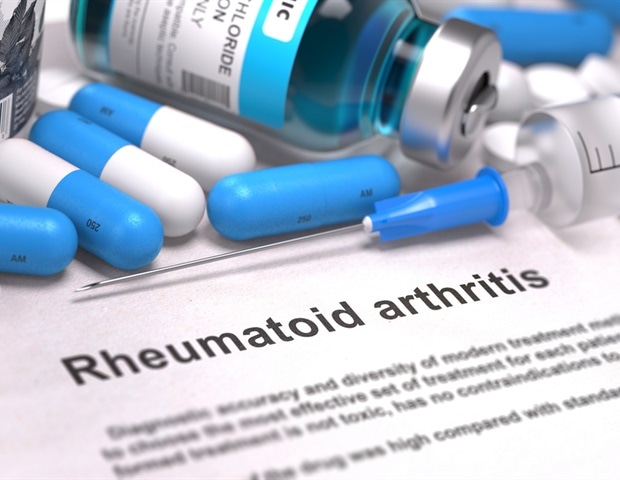New research shows that lecanemab and donanemab can slow cognitive decline and extend patients’ independence in daily activities. But with high costs and risks, are these treatments truly meaningful for Alzheimer’s patients and their families?
 Study: Assessing the clinical meaningfulness of slowing CDR-SB progression with disease-modifying therapies for Alzheimer’s disease. Image Credit: Shutterstock AI Generator / Shutterstock.com
Study: Assessing the clinical meaningfulness of slowing CDR-SB progression with disease-modifying therapies for Alzheimer’s disease. Image Credit: Shutterstock AI Generator / Shutterstock.com
A recent Alzheimer’s and Dementia study explores the effects of treatment on the time patients with Alzheimer’s disease (AD) spend remaining independent in basic activities of daily living (BADLs) and instrumental activities of daily living (IADLs).
Current treatments for AD
AD is a neurodegenerative disorder characterized by cerebral accumulation of amyloid and tau pathology, causing synaptic and neuronal injury leading to progressive dementia. Several therapies, including anti-amyloid monoclonal antibodies, have been developed to reduce cerebral amyloid burden that may delay AD progression.
In July 2023, the United States Food and Drug Administration (FDA) approved lecanemab as a disease-modifying therapy (DMT) to combat early symptomatic AD. Soon thereafter, in July 2024, donanemab was also approved. However, in some cases, both treatments have been associated with minimal clinical relevance in slowing dementia progression.
Both lecanemab and donanemab are costly treatments that may increase the risk of amyloid-related neuroimaging abnormalities (ARIA). As a result, some physicians are reluctant to initiate these therapies, as any treatment needs to demonstrate clinical significance to outweigh the potential risks and costs.
Assessing AD severity
Clinical Dementia Rating (CDR) is a global scale used to determine dementia status and its severity by measuring the extent of cognitive loss in different domains. These domains include memory, judgment, orientation, and problem-solving, along with functional skills in community affairs, home, and personal care.
Each CDR domain is rated from zero to three, reflecting healthy and severely impaired cognition. The summation of the scores of the individual CDR domains or “boxes” yields the CDR-Sum of Boxes (CDR-SB), a continuous measure with scores ranging from zero to 18.
Although there is no clear consensus on a ‘clinically meaningful’ benefit for AD dementia, cognition and function performance must be assessed to understand the benefits of AD treatment. Clinical benefits explained in terms of statistical significance do not always help caregivers or family members understand treatment outcomes. As a result, other metrics like IADLs and BADLs can be used to quantify functional independence in AD patients.
About the study
The current longitudinal study was conducted at the Knight Alzheimer Disease Research Center (KnightADRC) at Washington University. Both cognitively unimpaired and cognitively impaired community-living persons who agreed to undergo amyloid positron emission tomography (PET) and lumbar puncture (LP) were included in the analysis. All study participants also provided cerebrospinal fluid (CSF) samples for amyloid beta (Aβ) and tau protein assessment.
All participants underwent clinical and cognitive assessments to obtain the CDR score. Based on standard criteria and a global CDR score, a clinical diagnosis of AD dementia was determined.
Study findings
This study included 282 participants, 67% of whom had very mild AD dementia and 33% with mild AD dementia, which was scored with a CDR of one. About 56% of the study cohort were male, 88% were non-Hispanic White, and 10% were Black or African American.
Most CDR 0.5 participants were independent, whereas only 40% of CDR 1 participants were independent. At baseline, nearly all participants were independent in BADLs.
Four IADL components were considered functions of the CDR-SB score, enabling the estimation of the level of independence. These components included paying bills, driving, remembering medications/appointments, and meal preparation.
Based on this approach, approximately 50% of study participants were dependent. Some participants could independently prepare their meals and remember appointments/medication at a higher CDR-SB score but failed to pay bills and drive efficiently.
A strong relationship between CDR and ADLs was observed. Approximately 93% of participants with CDR-SB of less than 4.5 were independent in IADLs, whereas 87% of participants with CDR-SB of over 4.5 did not have independence in IADLs.
Moreover, 97% of participants with CDR-SB less than 11.5 were independent in BADLs. Comparatively, 85% of participants with CDR-SB exceeding 11.5 did not exhibit independence in BADLs.
The average annual CDR-SB increase was 1.30. However, when this metric was modeled as a function of baseline CDR, the CDR-SB increased by 1.05 every year for individuals with CDR 0.5 and one at baseline. Overall, a linear increase in CDR-SB was observed over time.
The expected time to lose independence in IADLs was about 29 months. Interestingly, the additional years of independence in IADLs and BADLs correlated with lecanemab or donanemab treatments, which could be due to a slower rate of decline in CDR-SB.
Assuming a consistent decrease in the rate of CDR-SB score after treatment, an additional 10 and eight months of independence in IADLs were associated with lecanemab and donanemab treatments, respectively. For donanemab treatment, an additional 13 months of independence in IADLs was observed for the low/medium tau PET group, whereas four months of independence in IADLs was measured for the high tau PET.
Conclusions
The current study provides new insights into the relationship between CDR-SB scores and functional independence. These findings also highlight the clinical meaningfulness of AD treatments and whether patients and their families can make more informed treatment decisions.
Journal reference:
- Hartz, M. S., Schindler, S. E., Streitz, M. L., et al. (2025) Assessing the clinical meaningfulness of slowing CDR-SB progression with disease-modifying therapies for Alzheimer’s disease. Alzheimer’s and Dementia 11. doi:10.1002/trc2.70033








